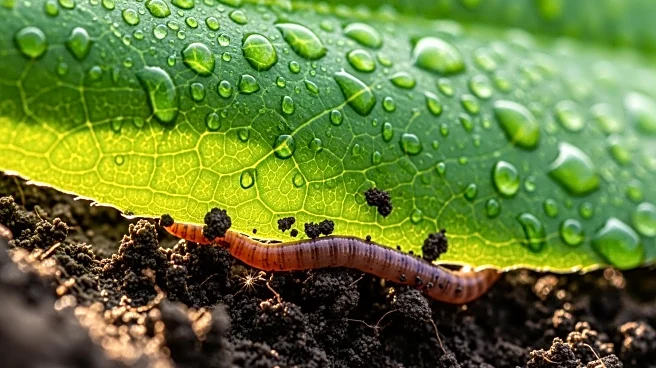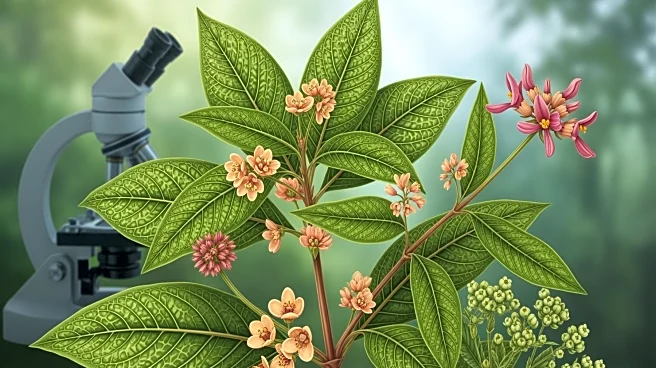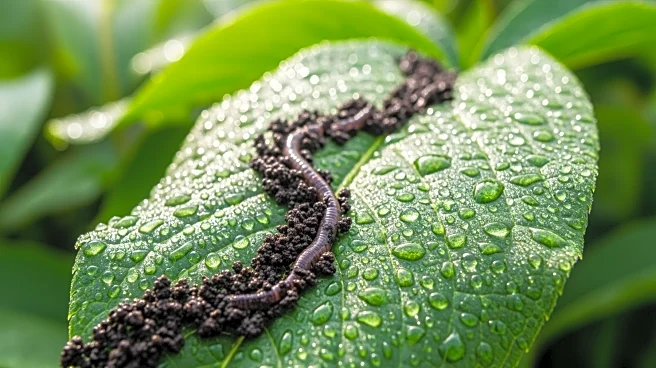What's Happening?
Researchers have discovered a 'hidden order' in drylands worldwide, where plants follow a disordered hyperuniformity pattern. This arrangement appears random up close but reveals a clear pattern from afar,
helping plants survive in extreme conditions. The study, published in PNAS, analyzed satellite images of over 400 arid areas, finding that 10% of drylands exhibit this pattern. The arrangement balances resource usage and minimizes competition, aiding plant survival in drought-prone environments.
Why It's Important?
The discovery of disordered hyperuniformity in plant communities highlights a universal strategy for resource optimization in harsh environments. This pattern could serve as an early warning sign of ecosystem stress, offering insights into environmental resilience and adaptation. Understanding these patterns may inform conservation efforts and strategies to mitigate the impacts of climate change and human disturbances on ecosystems.
What's Next?
Researchers plan to investigate hidden orders in other extreme ecosystems, including extraterrestrial environments. The study's findings could lead to new approaches in ecological management and conservation, emphasizing the importance of maintaining natural patterns for ecosystem health. Further exploration may reveal similar patterns in non-biological systems, broadening the understanding of universal principles in nature.
Beyond the Headlines
The concept of disordered hyperuniformity extends beyond biology, suggesting a universal solution to packing and efficiency challenges. This principle may influence future research in physics and engineering, offering new perspectives on system organization and resource management. The study underscores the interconnectedness of natural systems and the potential for cross-disciplinary applications.











